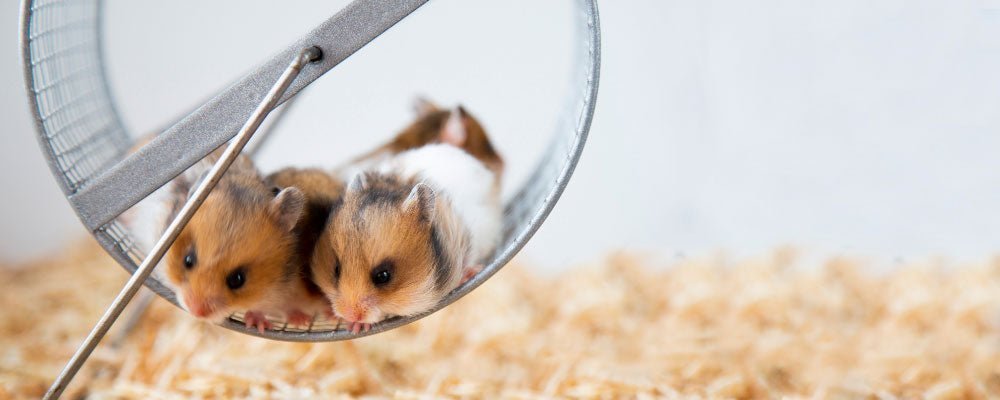
Syrian Hamsters - Our Guide
What are Syrian Hamsters?
Syrian hamsters are found all the way from Romania and Bulgaria south-eastward through Syria, Turkey, Israel, the Caucasus and even parts of Iran.
The colour of Syrian hamsters is golden brown above with a creamy white belly and chest; and some have a grey stripe across the chest.
At first the Syrian hamster was called the golden hamster, because of its golden brown colour on the top though, due to breeding, Syrian hamsters can now be a banded, spotted, solid light gold or black – and the coat may be long or short and their eyes may be black, brown or red. These days, there’s even a rare hairless mutant Syrian hamster called an alien hamster.
How big are Syrian Hamsters?
Syrians are good-sized hamsters with a body length normally of 12-20 cm and a tail about 12 mm. Adults weigh in at between 140 and 200 grams and females are larger than the males.
Syrian hamsters are burrowers and live on brushy slopes and steppes, where they dig their own burrows with their feet and teeth or find one to occupy and can be anywhere from 2 to 10 feet deep usually with several entrances. Each Syrian hamster burrow has its own surrounding territory though they often store food in a communal burrow.
In the wild, Syrians hamsters hibernate in response to cold or decreased food supply in order to conserve energy. During hibernation, they awaken periodically to eat, which on stored food in the burrow then go back into hibernation.
Syrian hamsters generally live as individuals in the wild, although the mother, father, and young live together until the young reach maturity then they go on their separate ways.
Because Syrians are bigger than some other hamsters, they are easier to handle, so work well as children's pets because of their size and they are not as nervous as the smaller or dwarf hamster types. Indeed, they respond well to gentle handling and often enjoy the attention.
Syrian hamsters have very large cheek pouches – a very practical way to carry large amounts of food back to the home area. When the pouches are loaded, the hamster even tends to sway a bit from side to side from the sheer added weight.
Then, once they are back in the home burrow, they empty the pouches using their front feet to help shove the food out from behind. A threatened hamster may empty his cheek pouches if he thinks he may need to run to lessen his weight.
How long do Syrian Hamsters live for?
The captive life span of Syrian hamsters is normally 2 to 2.5 years, though some hamster outliers have lived as long as four years.
How do Syrian Hamsters mate?
With a relatively short lifespan then, Syrian hamsters can have young every month of the year, although there is a marked decrease in fertility during the winter months and after they are over a year and a half old, though this is simply reduced – note ended. Be warned!
The litter size for Syrian hamsters is normally between four to twelve pups after a gestation of just fifteen to eighteen days. The young begin nibbling at solid food when they're about ten days old and are weaned at three weeks.
The young then become sexually mature after forty days for the males and thirty four days for the females. Once beyond those dates of sexual maturity, it’s important that Syrian hamsters need to be separated from each other as, if they are different sexes, they'll fight and mate, or if they are the same sex, they'll fight. So, if you would like to keep more Syrian hamsters, then separate housing is the only answer.

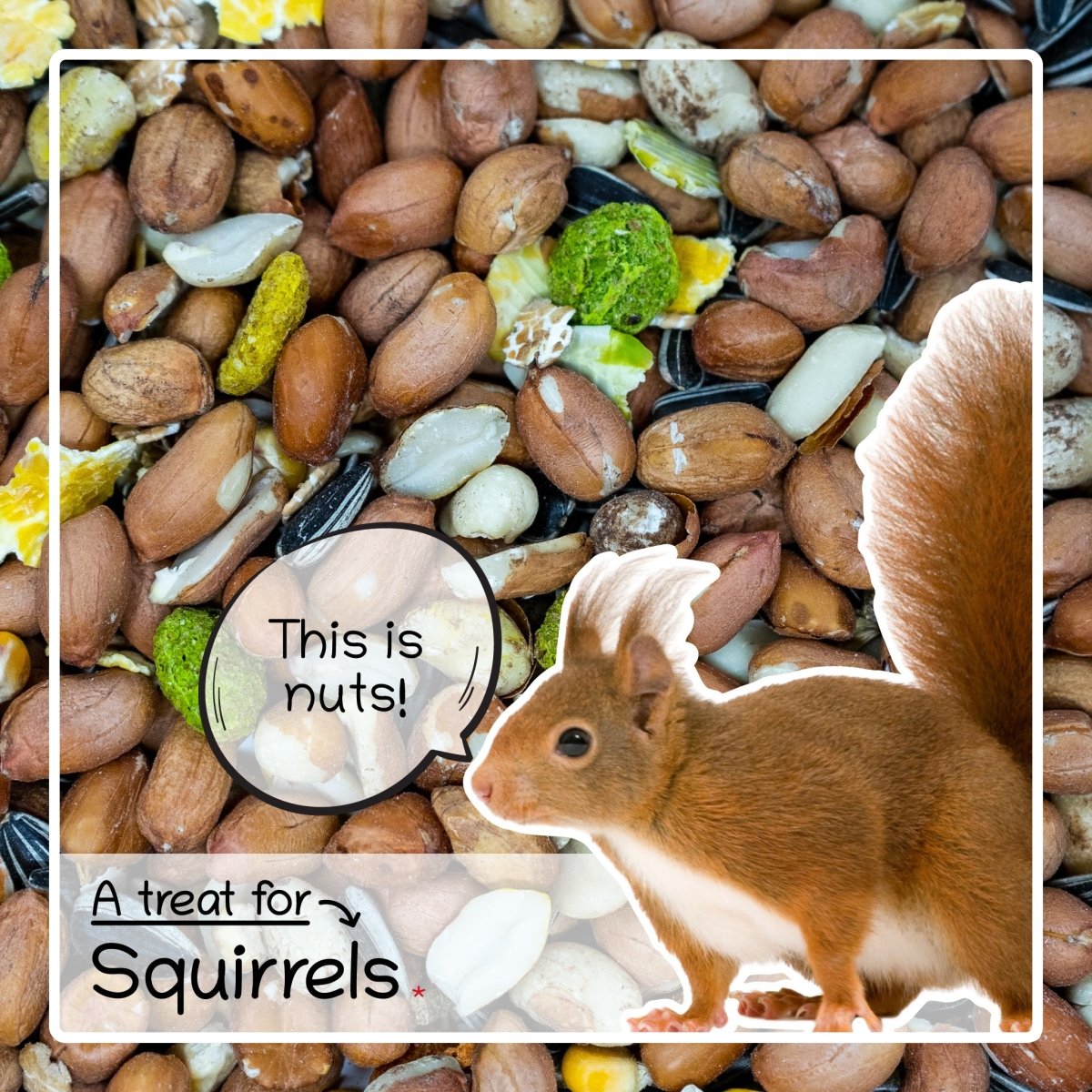
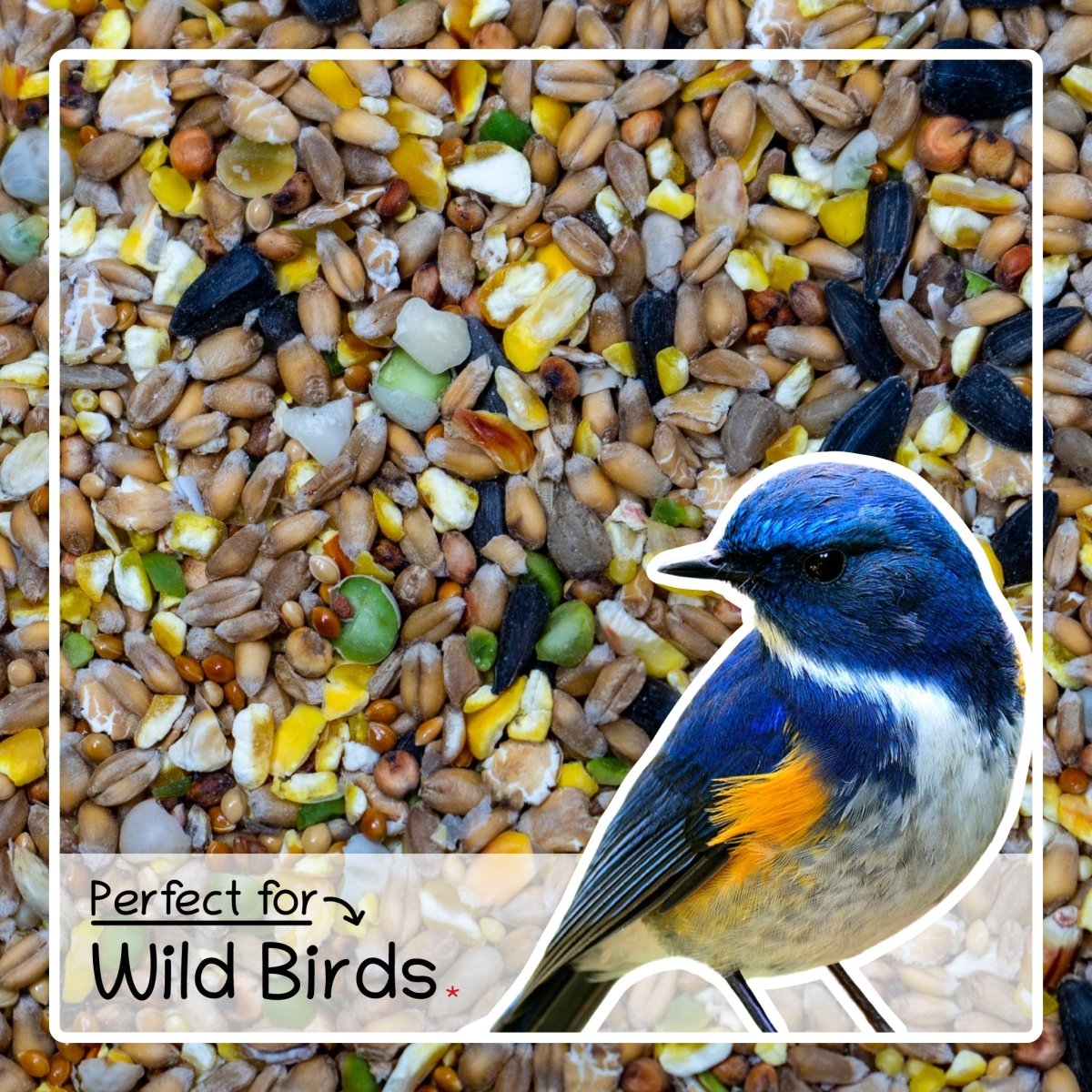
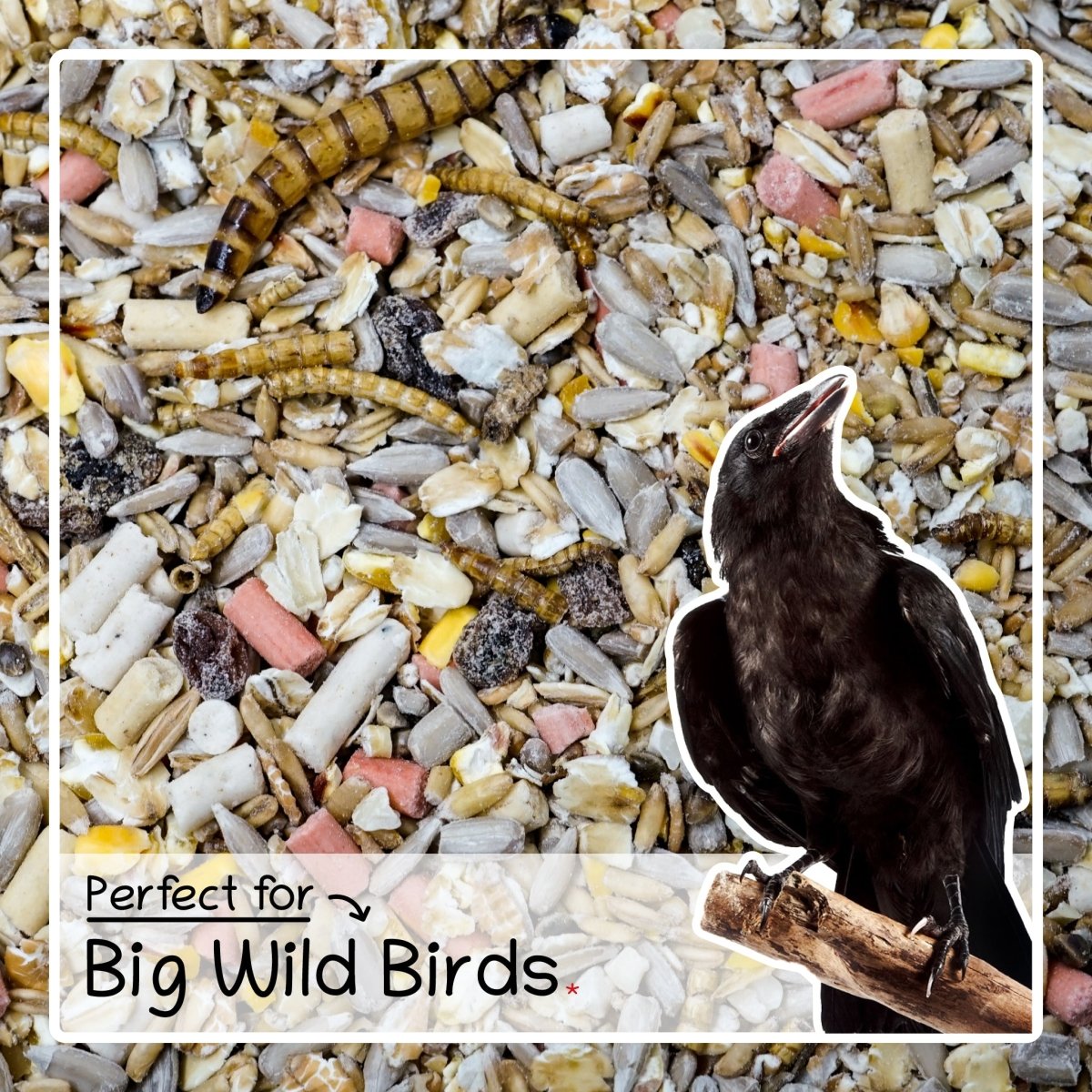
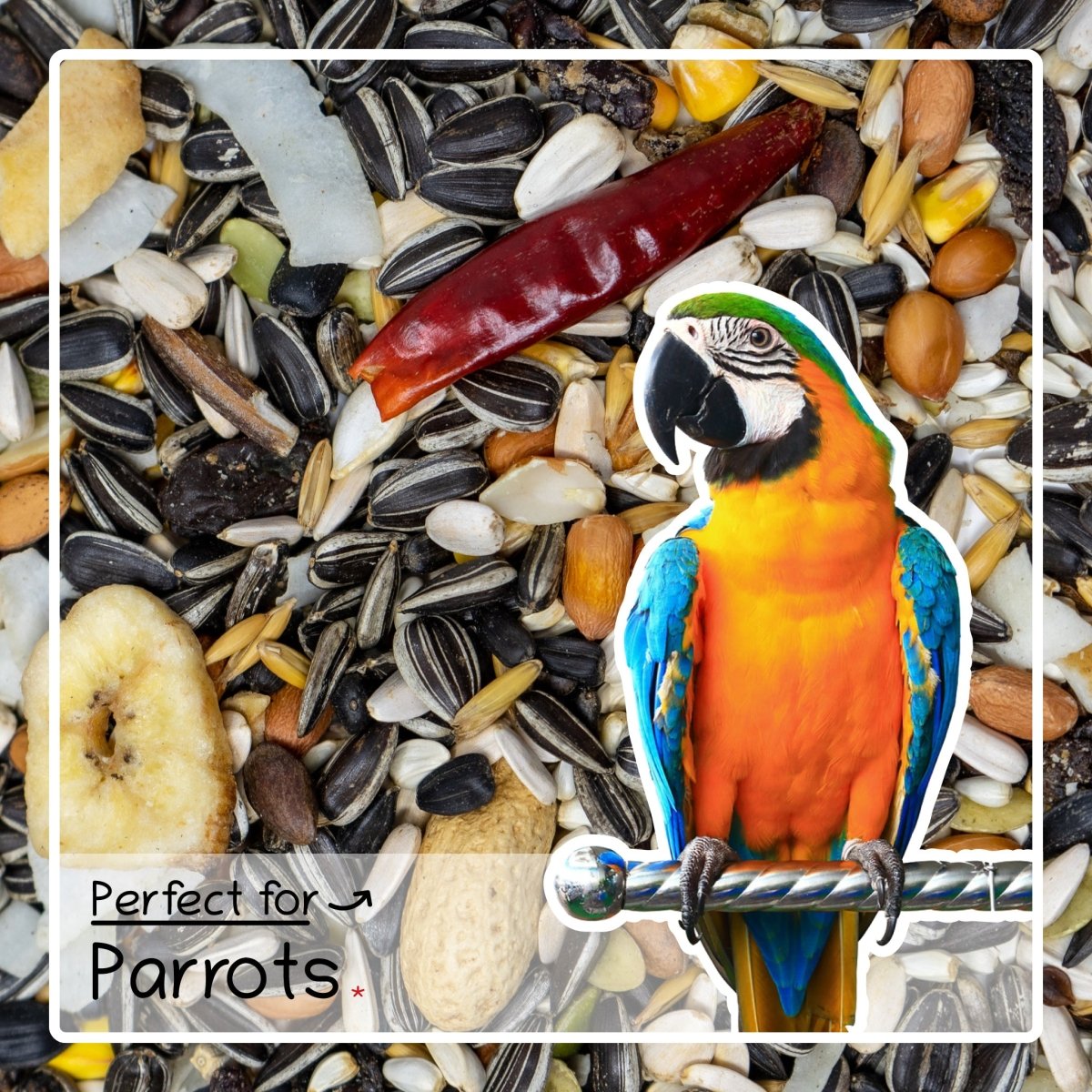
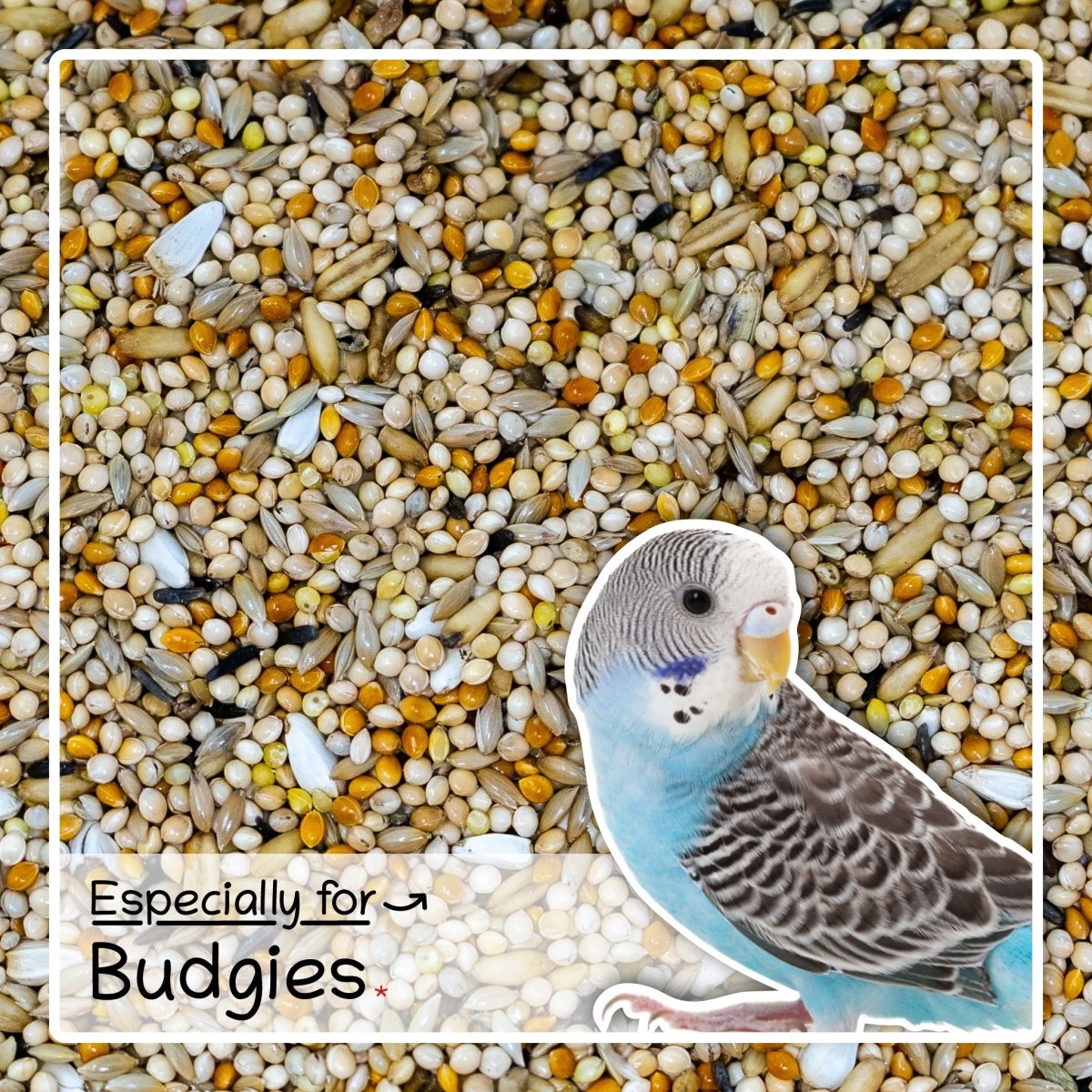
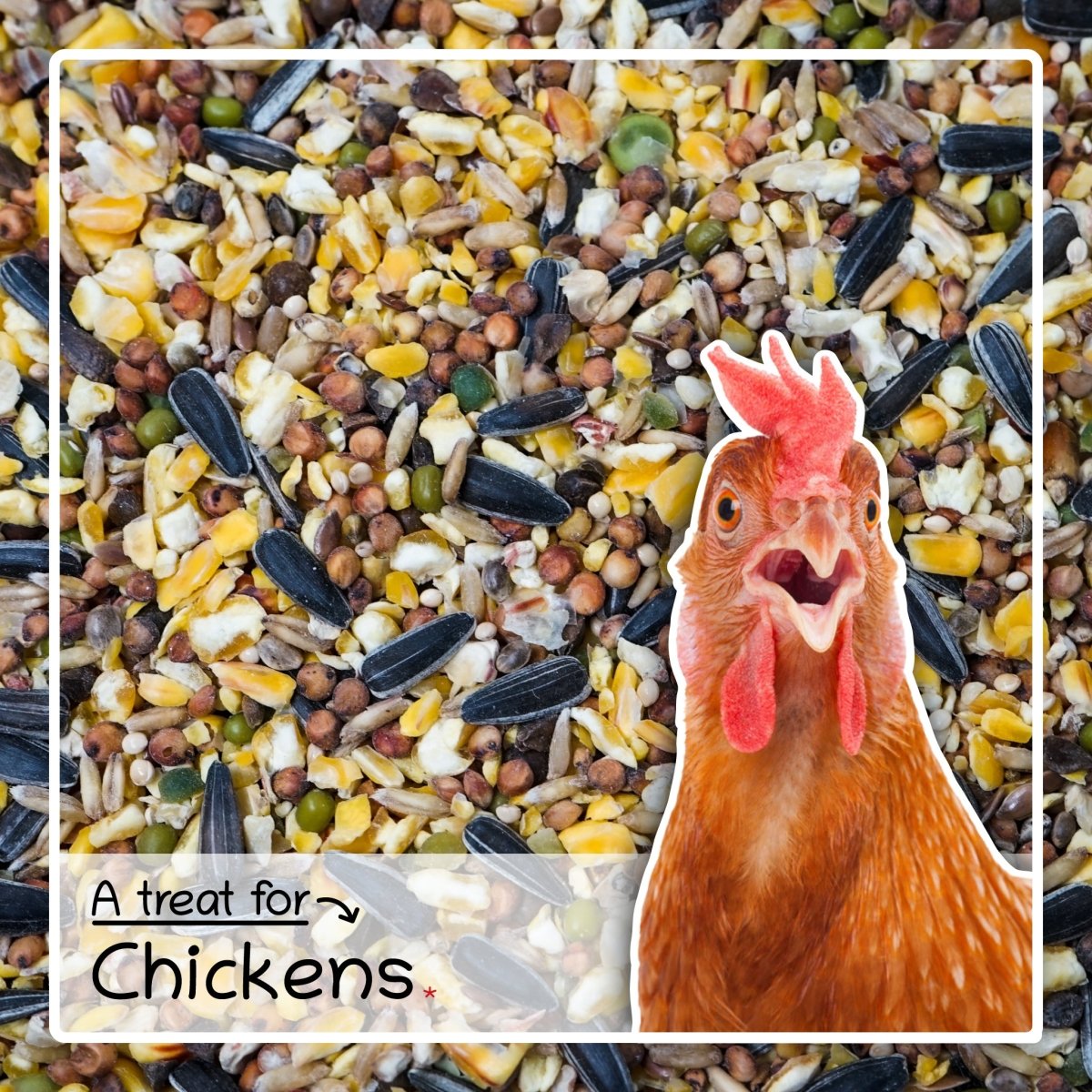
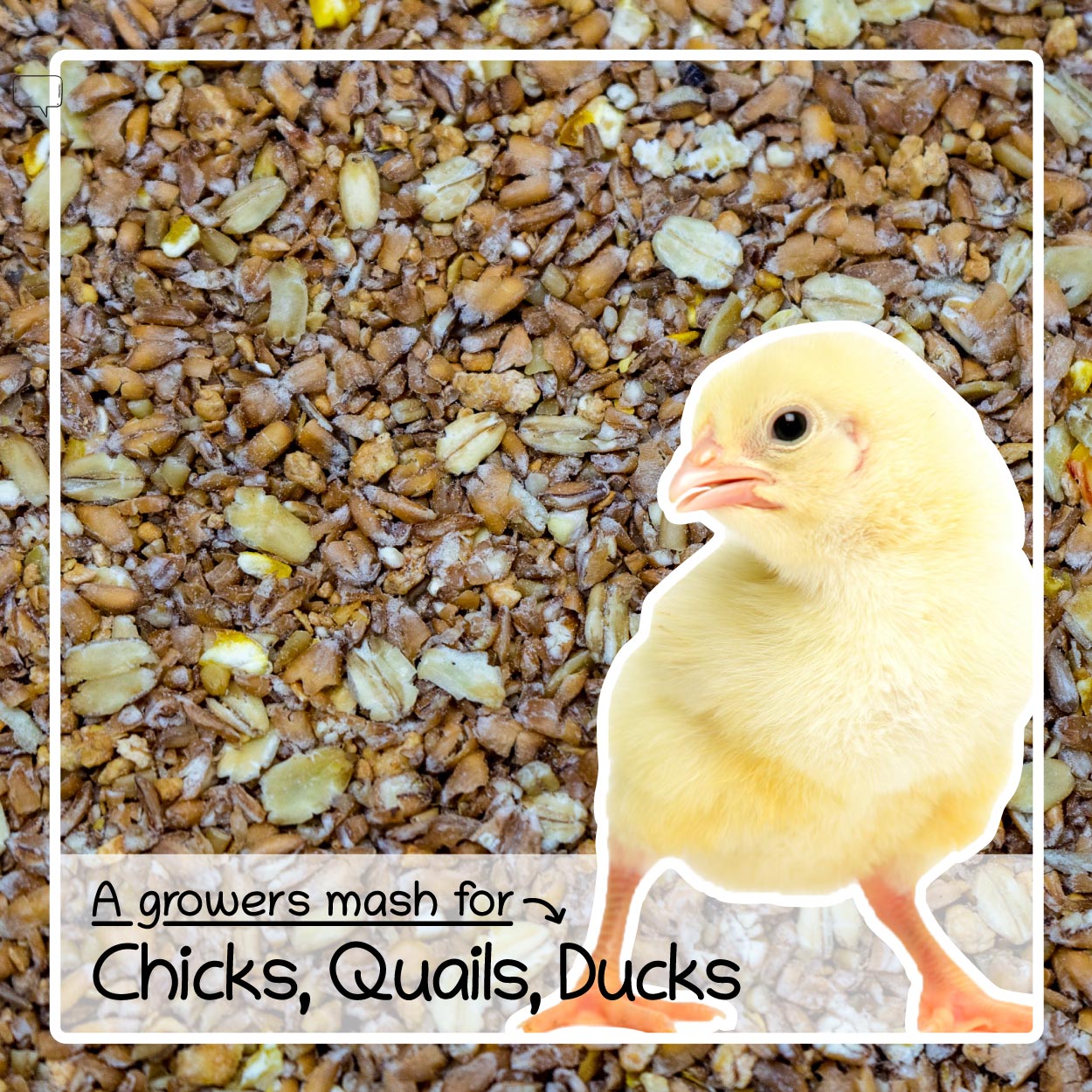
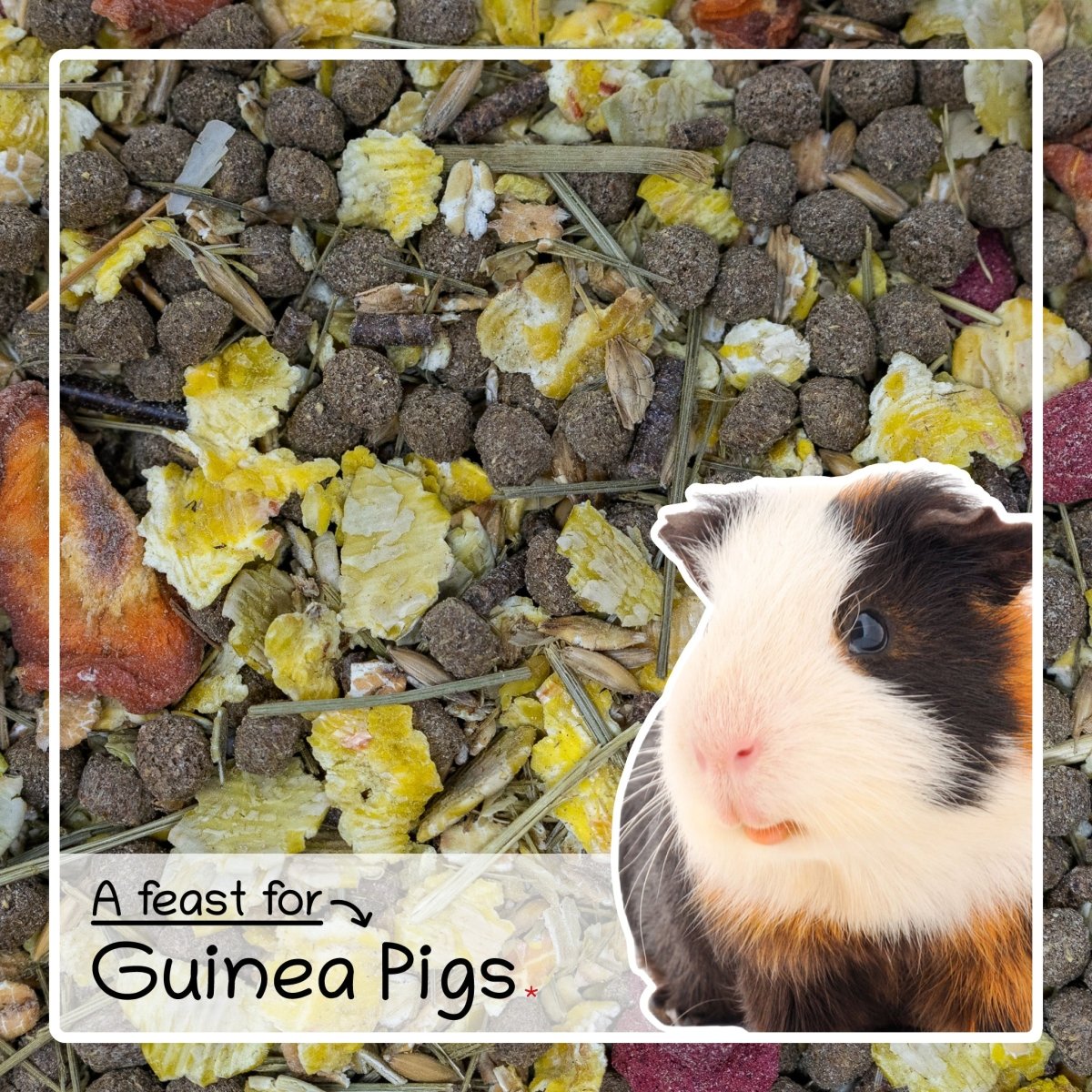
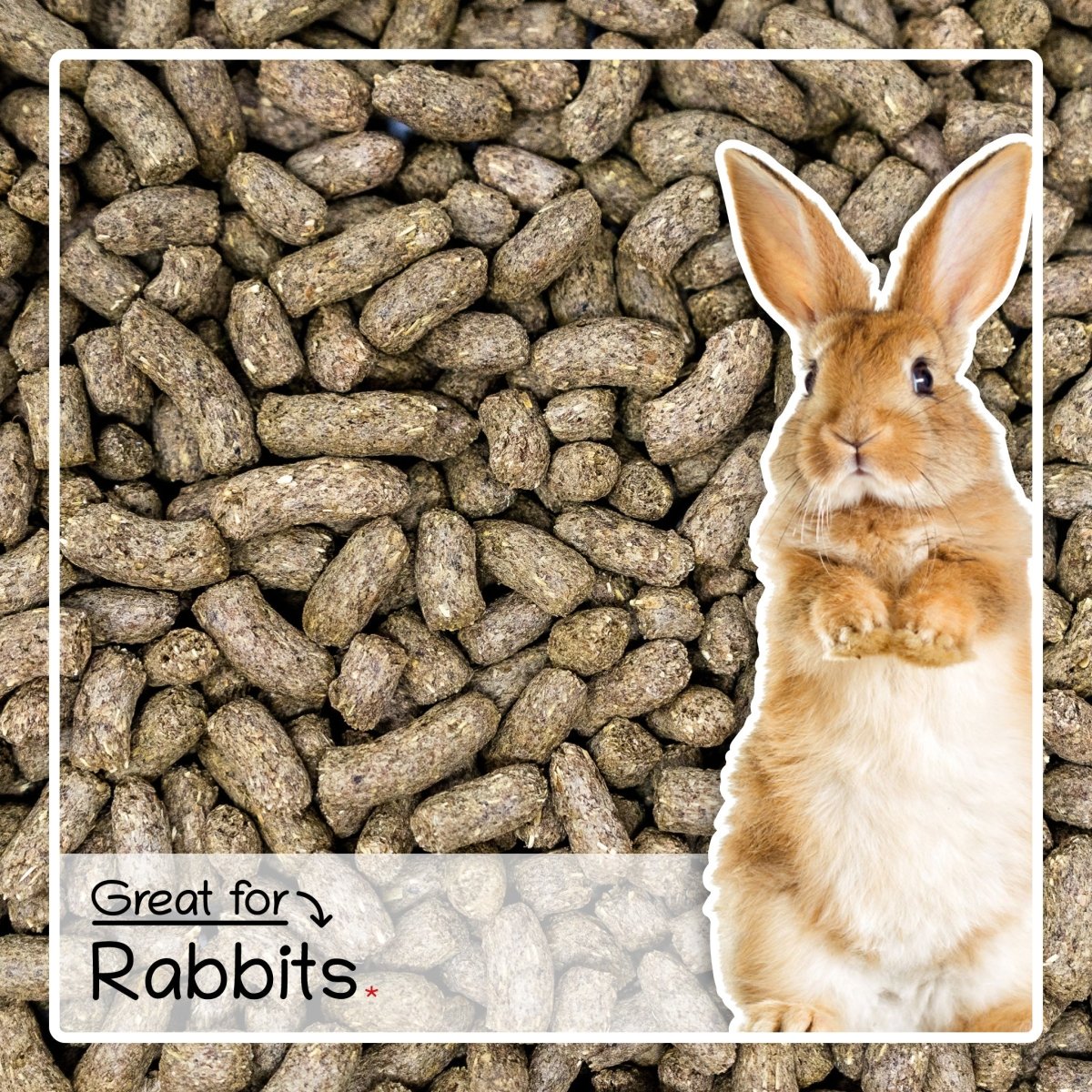
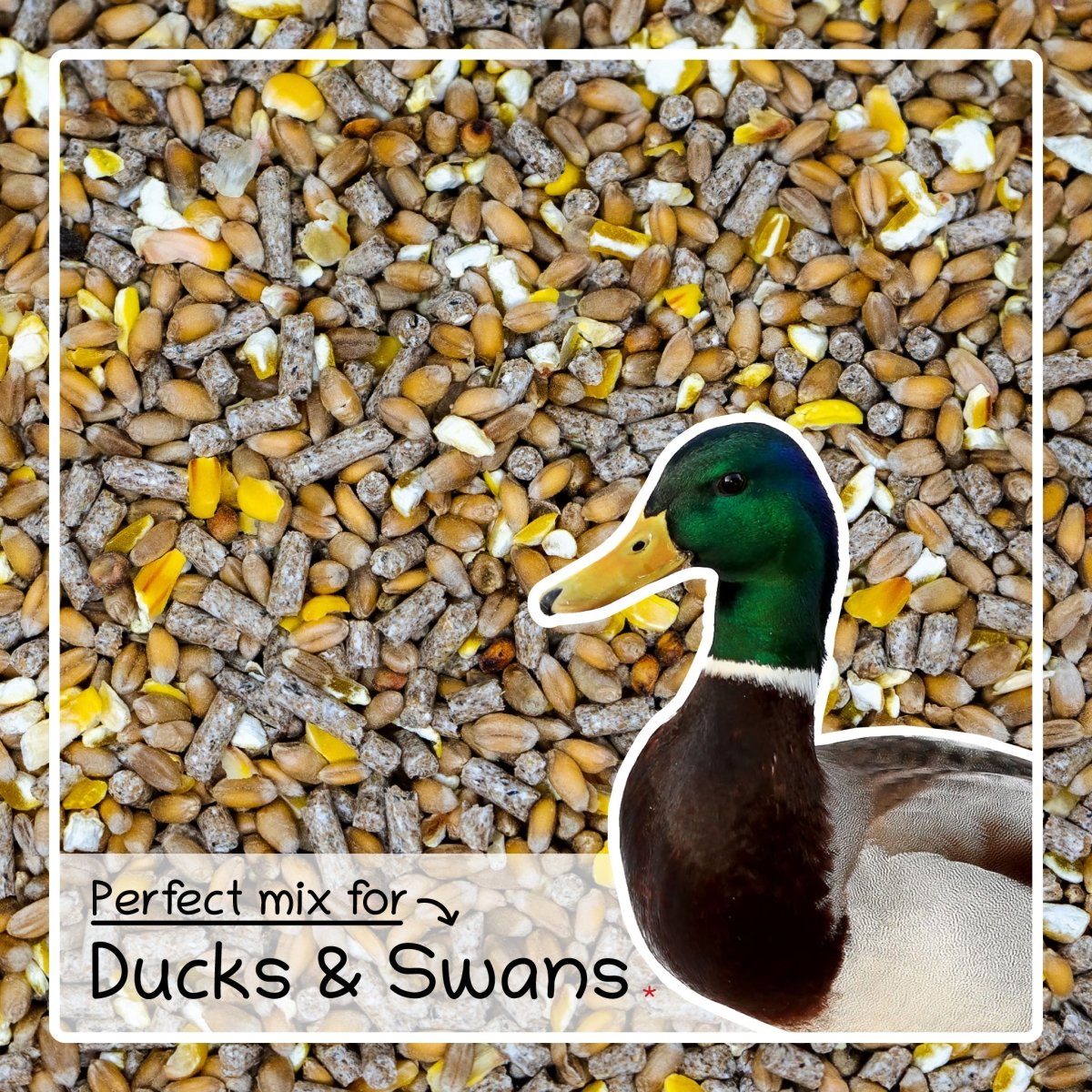
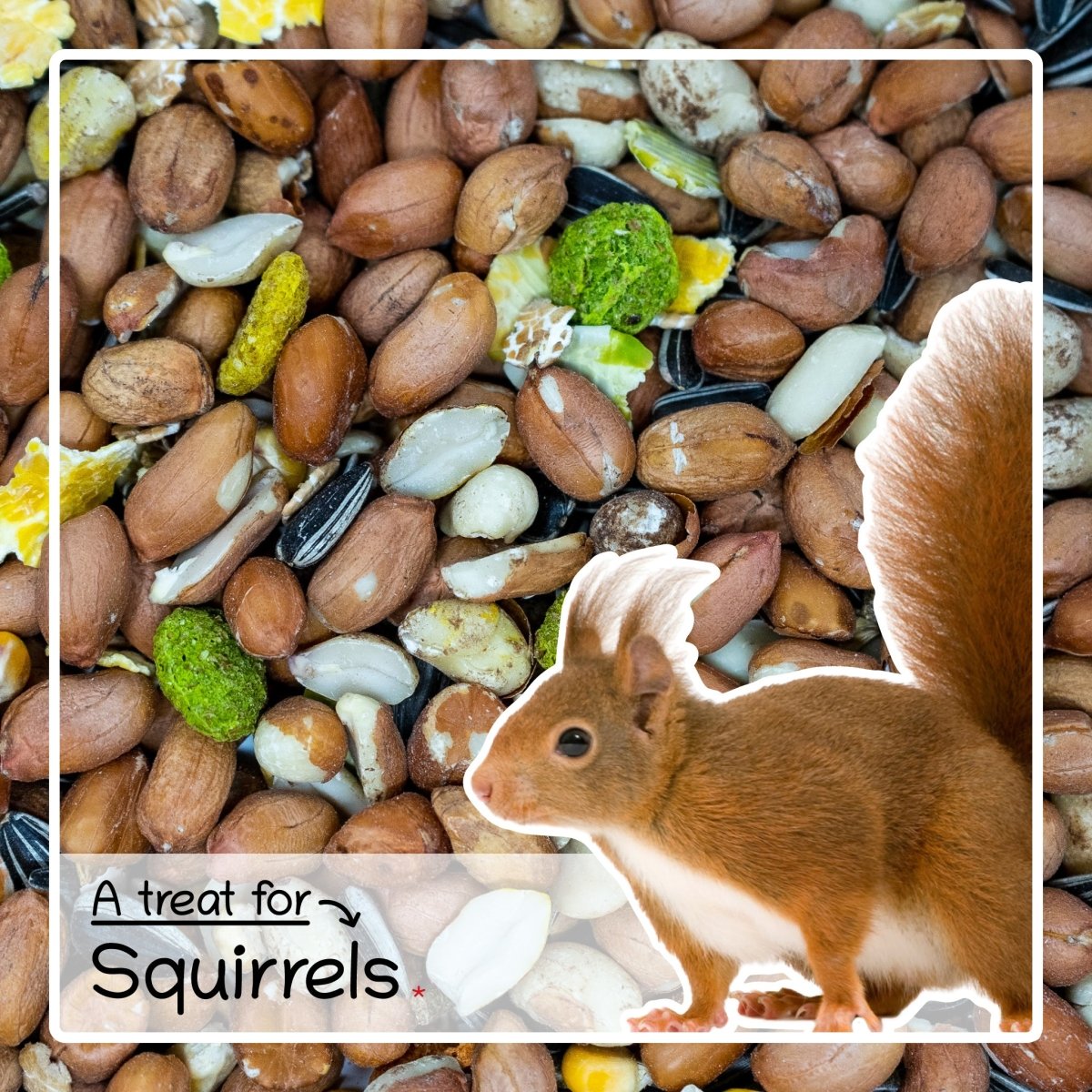


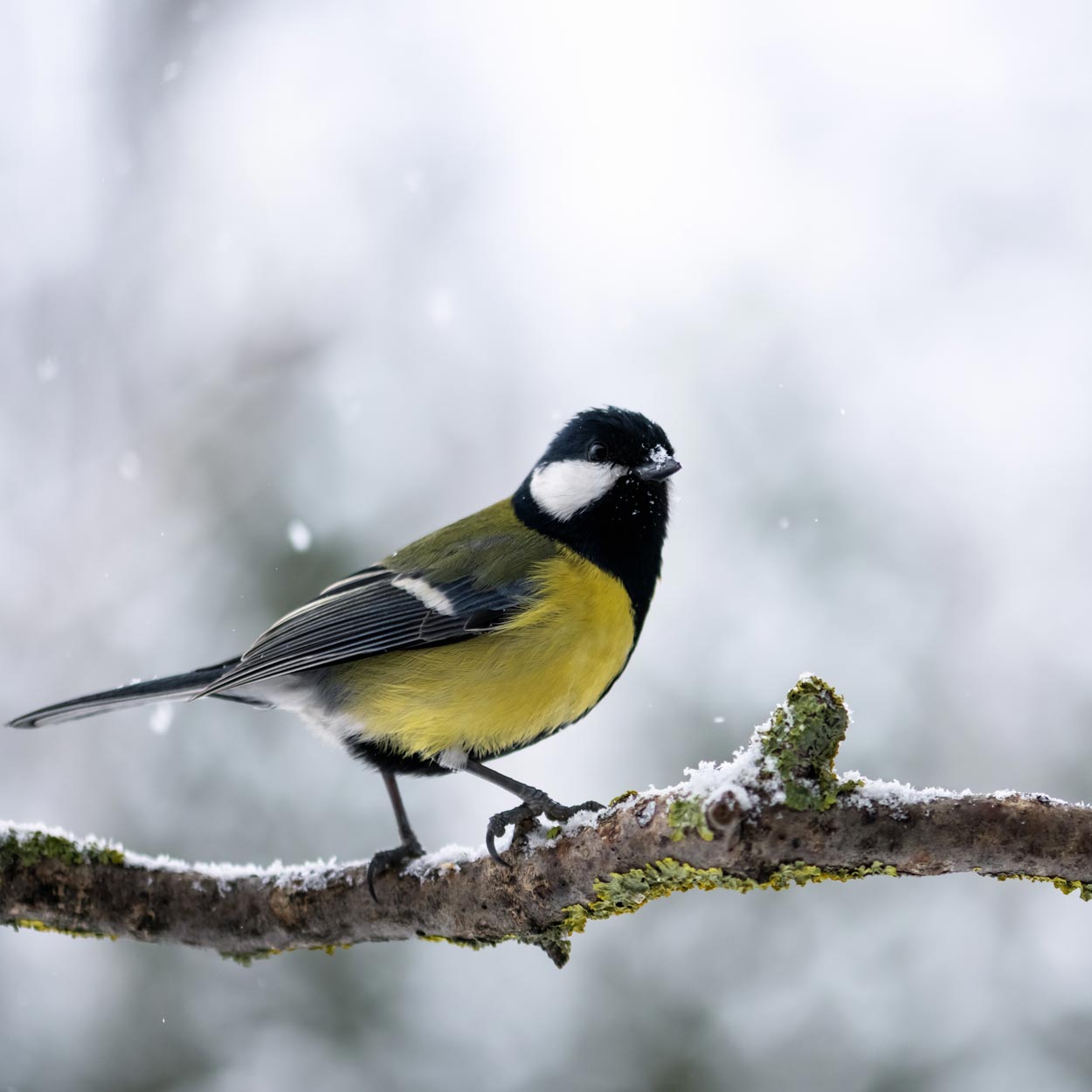

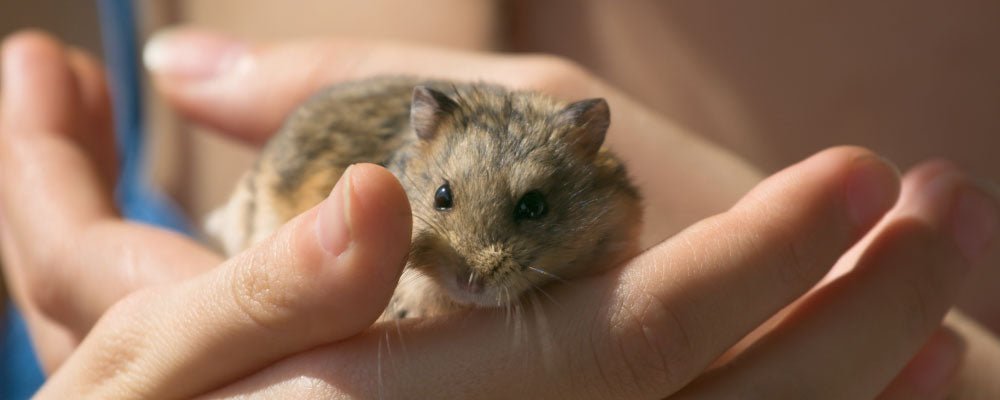
Leave a comment
This site is protected by hCaptcha and the hCaptcha Privacy Policy and Terms of Service apply.